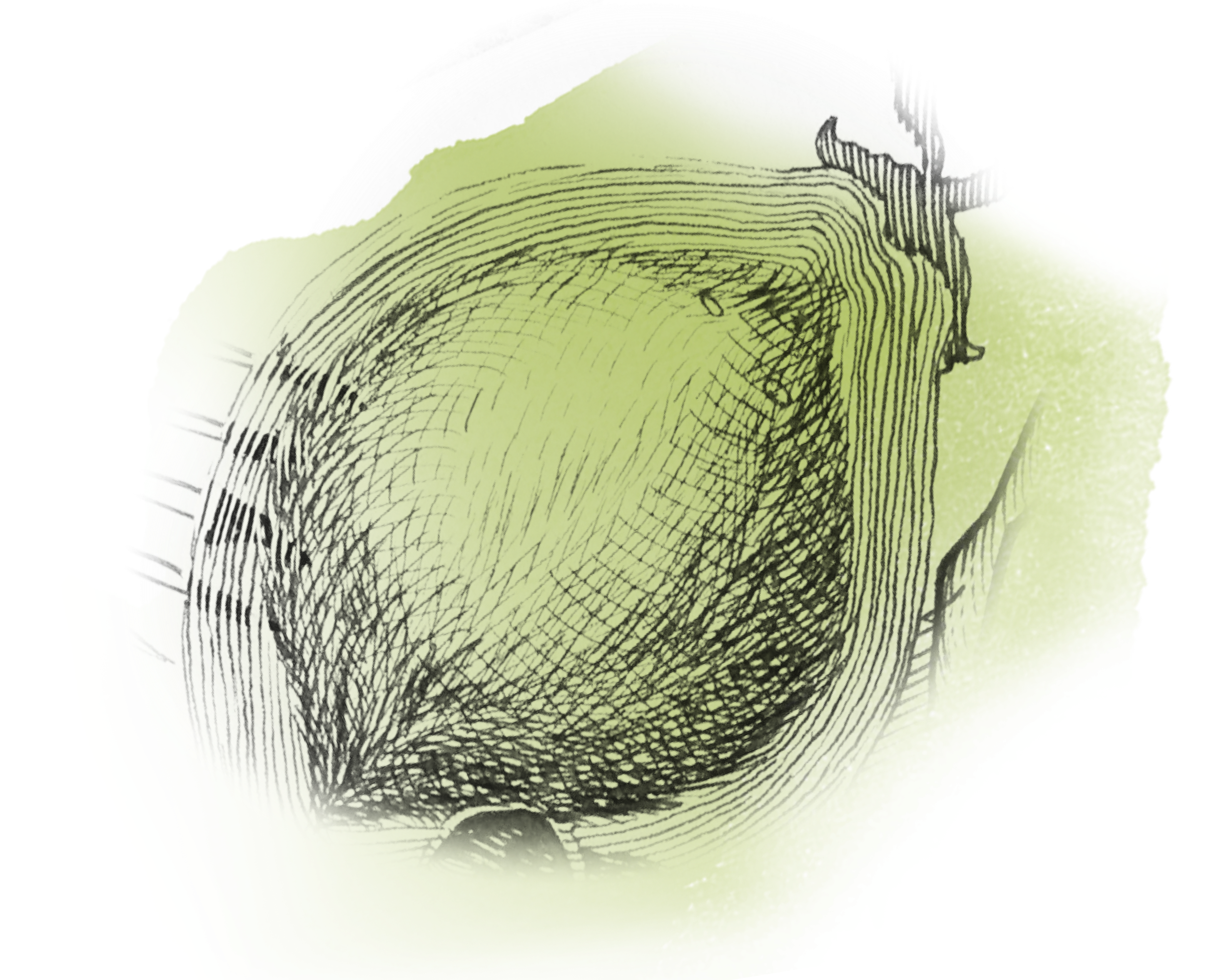History Of Coconut
The origin of the coconut is not known until today. Many claim that the coconut is native to Southeast Asia, and that the Philippines, Indonesia, and Malaysia, including Australia, were believed to be the likely places of origin. What is known, however, is that the coconut has spread much across the tropics –thanks to its buoyant husks and leathery outside skin that floated in considerable distances in seawater without the help of humans. The coconut’s early presence in Seychelles and Mauritius suggested a natural dispersal. Because of this, the coconut palm now adorns tropical beaches worldwide and is considered a beach plant.

Over The Years
Early Century
4th Century BC
The coconut is featured in early Sanskrit writings, and was a staple food in India and used for a variety of other daily needs.
1254 – 1324
Marco Polo referred to the coconut as Pharaoh’s Nut when he ran across it in his travels to India, Sumatra, and the Nicobar Islands.
14th Century
From Marco Polo’s chronicles, Arab traders carried coconut shells from India, Sumatra, and Nicobar Islands to England before Portuguese sailors reached East Africa. These traders encountered the Maldives and the Laccadives who were known for their remarkable shipbuilding ability and craftsmanship. The ships, including the hulls, masts, ropes, stitches, sails, and other parts were built entirely using different parts of the coconut tree and various coconut-based materials.
1519
When Venetian Antonio Pigafetta boarded one of Magellan’s five ships to join the voyage from Spain to find a western route to the Spice Islands, Pigafetta mentioned that Magellan’s journeys were met with disease and starvation along the way so he decided to go to Guam as a last resort. The natives greeted them wearing coconut shell masks and shaking coconut shell rattles. Magellan left the island with much-needed provisions, including a supply of coconuts.
1577
The Englishman Sir Francis Drake mentioned the coconut during his journey from England to the Cape Verde Islands in the African West Coast, “amongst other things we found here a kind of fruit called ‘cocos,’ which because it is not commonly known with us in England, I thought good to make some description of it.
1830
Outside of the tropical regions, the coconut started to gain popularity when J.W. Bennett, an English man, explained in his writings, “A Treatise on the Coco-Nut Tree and The Many Valuable Properties Possessed by the Splendid Palm” how coconut water helped remove wrinkles. Bennett also related that the charcoal from the coconut shell can be an effective tooth cleanser and that the coconut’s roots have a medicinal purpose.
Coconut in the Middle Ages and 19th Century
Middle Ages
Coconuts were uncommon and treasured that their shells were polished and mounted in gold
19th Century
New transportation routes enabled Europeans to easily access coconuts brought in from the tropics. The nuts were even used as shies or throwing objects at local side shows.
1895
Demand for coconuts in the United States took off when a Philadelphia-based flour miller received a shipload of coconuts as debt payment from a Cuban businessman. Baker sent the coconuts to a factory to be shredded and dried so that he can create something marketable out of them.
1900s
The Philadelphia-based flour miller introduced the coconut in the U.S.. It paid off when the coconut culture started to pervade the market and Americans began clamoring for coconut cream pies, coconut custards, coconut frosting for desserts, coconut cookies, and other sweet coconut concoctions
